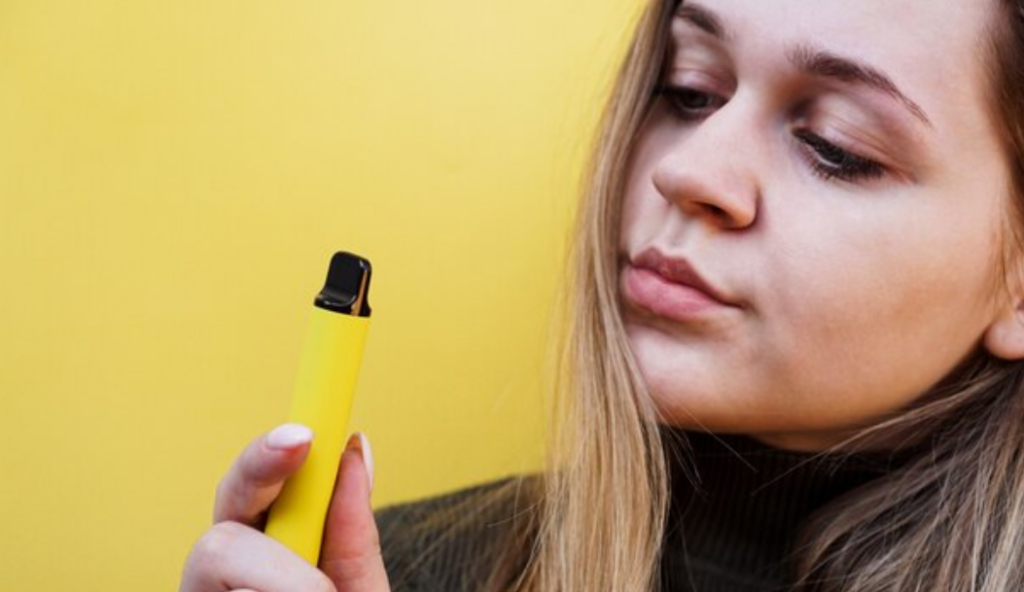Teen vaping remains pervasive despite bans on flavored e-cigarettes and proposals to prohibit public vaping. While youth cigarette use has declined, vaping rates are still troubling. Between 2016-2018, high school vaping in Illinois rose 45%. In 2022, over 10% of teens still vaped regularly nationwide. To curb youth access, regulators must prioritize effective enforcement.
Flawed Enforcement Allows Teen Vaping to Persist
Many vaping products teens use most are technically illegal, yet remain widely available. Despite FDA warnings and fines, illegal vapes still flood the market. One study found FDA letters failed to target brands popular among youth.
When lawmakers questioned the FDA Commissioner about removing these products, he provided excuses rather than concrete solutions. Lack of oversight allows illicit manufacturers to introduce new formulations outpacing regulations.
Simply banning more products without improving enforcement is ineffective. There must be better coordination across jurisdictions to inspect retailers and keep prohibited items off shelves. Regulators have largely failed to back restrictions with meaningful consequences.
Stepped Up Inspections and Penalties Needed
To prevent the next generation from nicotine addiction, the FDA must elevate enforcement through:
- Increased unannounced inspections of convenience stores and vape shops
- Revoking licenses of retailers selling to minors or carrying illicit products
- Higher fines and penalties for violations to deter illegal sales
- Closer monitoring of online sales channels frequented by teens
- Task forces to identify and halt distribution of new illegal products
Regulators should also encourage community reporting of stores selling prohibited items to youth. A holistic strategy is required to tighten compliance and restrictions.
Addressing Root Causes with Education Programs
Beyond enforcement, curbing teen vaping requires understanding what drives usage and developing education programs. Key factors include:
- Misconception that vaping is harmless
- Peer influences and social perception
- Discreet high-tech designs that appeal to youth
- Kid-friendly flavors like fruit and candy
School and community programs focused on health risks and the deceptive marketing tactics used by vaping brands could help deter teen adoption if optimally implemented.
Conclusion
With flaws in oversight allowing illegal vaping products to remain available, higher underage usage rates persist. Stepped up enforcement and penalties focused on deterrence are urgently needed. Coupled with education on industry manipulation and addiction risks, a balanced strategy can help curb the troubling trend of teen vaping.
- Nebraska Vape Registry Law Forces Removal of Popular Brands - January 5, 2026
- Kentucky Vape & Tobacco Retailer License Deadline Jan 1 - January 3, 2026
- Washington State Nicotine Tax to Double Vape Prices - January 3, 2026


